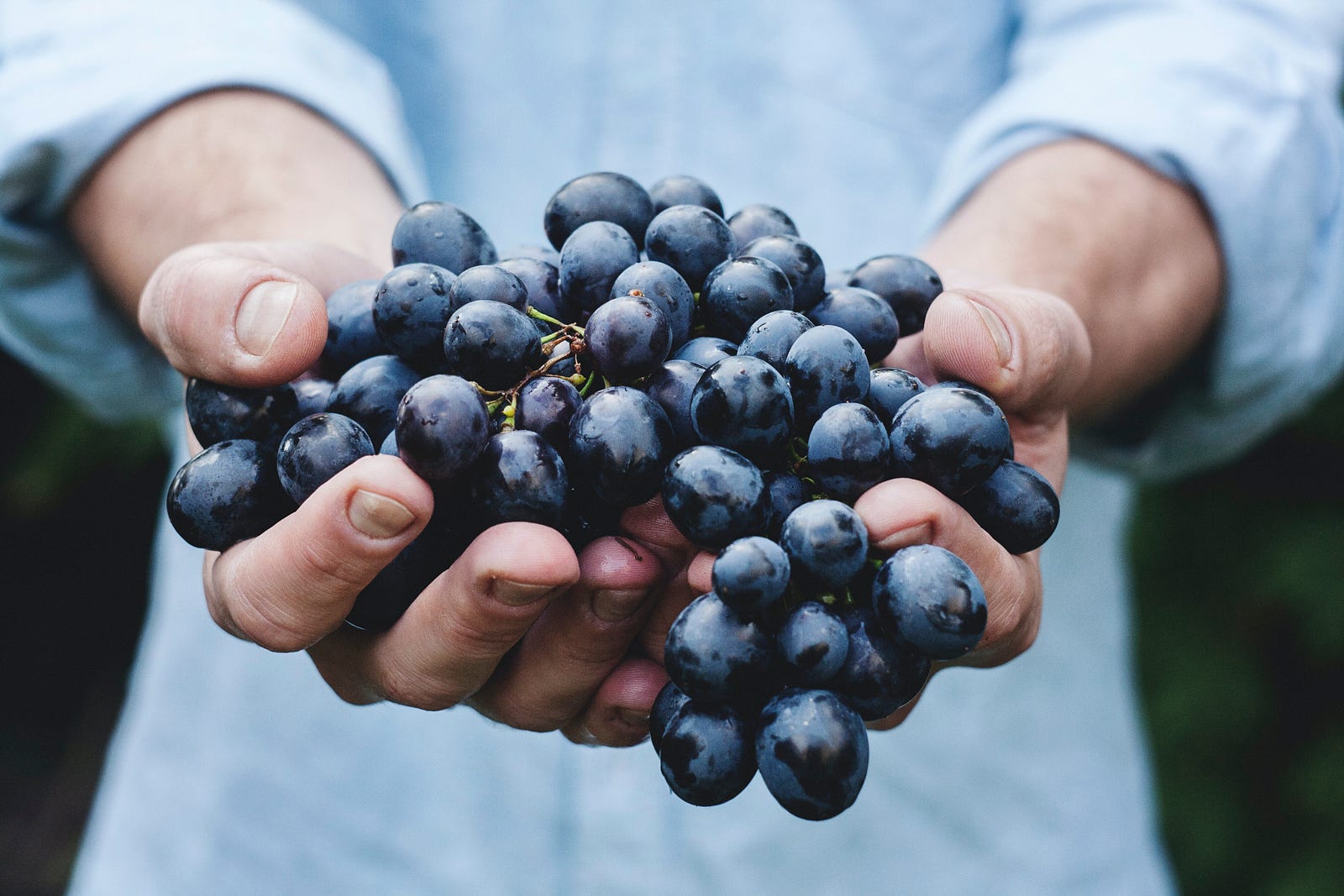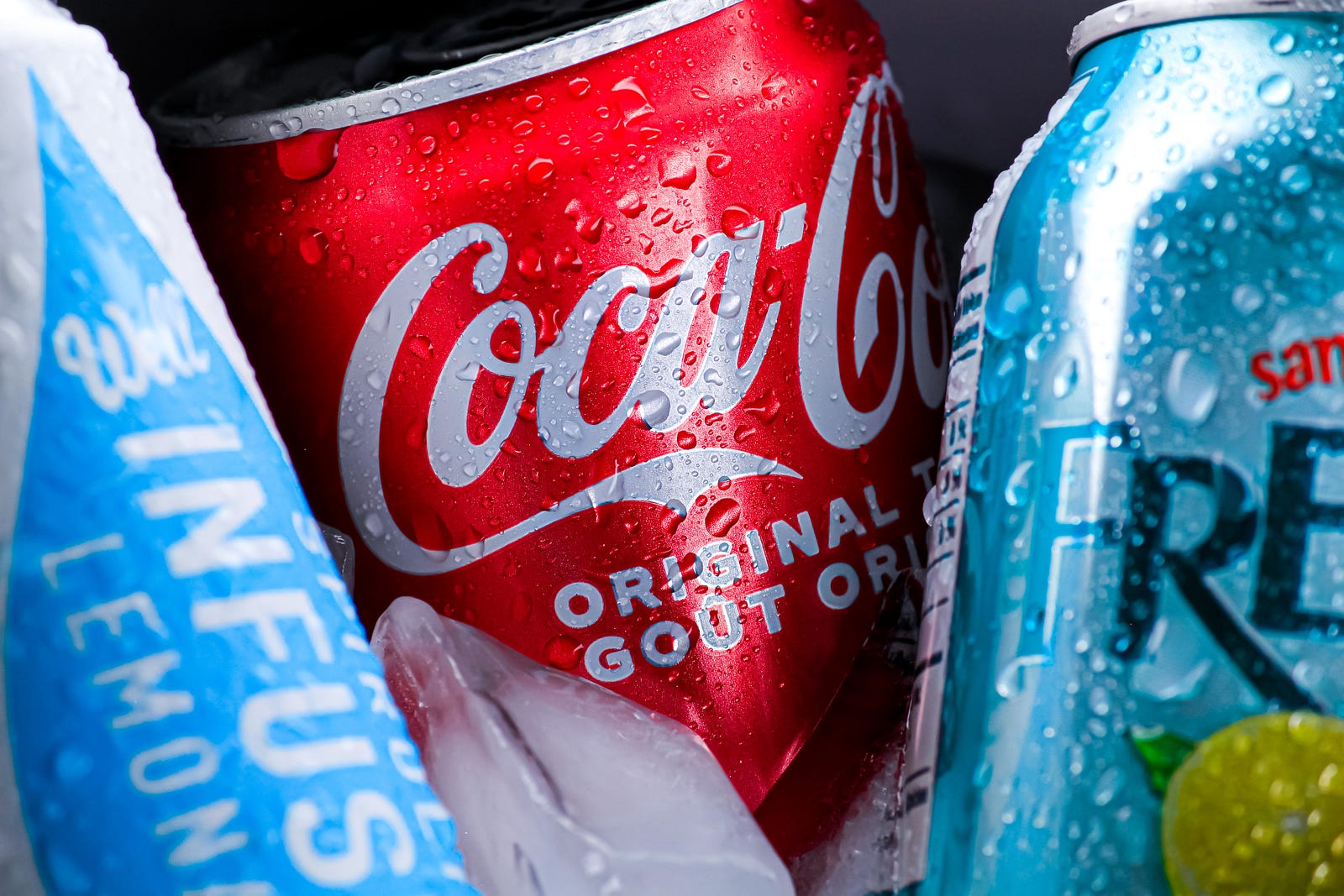HAVE YOU EVER HEARD OF “SHOKUIKI?” Japanese doctor and pharmacist Sagen Ishizuka pioneered this philosophy of eating. The word is from ones meaning “eat” and “grow.” Today, I’ll share my 2 lunch strategies for health, stolen from the world’s healthiest kids, the Japanese.
Full disclosure: My Japanese wife has never heard of Shokuiki!
I have long been fascinated by the healthspans and lifespans of the Japanese. Check out these life expectancy (at birth) numbers:

Today, I’ll offer two lunch strategies I use to optimize my health.
Japanese Longevity: A Recent Phenomenon
The long life associated with Japanese is a relatively recent phenomenon. As recently as the 1960s, life expectancy in Japan was the shortest of the G7 countries.
Why was life shorter for them then? Japanese had a relatively high death rate from stroke (especially bleeding) and stomach cancer.
After mortality from stroke and stomach cancer declined, the Japanese life expectancy climbed to become the world’s number one.
Japanese Longevity Improvements: Why?
These improvements are associated with a low prevalence of obesity in Japan.
Moreover, the Japanese diet tends to consist of these elements:
- Low intake of red meat (especially saturated fatty acids)
- High intake of fish (particularly n-3 polyunsaturated fatty acids
- Plant foods, including soybeans
- Less consumption of sugar-based beverages (with more drinks such as green tea)
- Less salt intake (leading to improvements in stomach cancer rates and blood pressure)
- Modest consumption of meat and dairy
Let’s get to the three Japanese children’s habits I borrow to improve my health. I saw a piece on CNBC that noted some of these practices, and I want to share how I use them to promote my health.
Meal Planning in School
In Japan, more than 95 percent of elementary and junior high schools have a school lunch program.
Here’s the breakdown by age:

I love that nutritionists prepare the meals. In addition, students take an active part in serving lunch.
Many preschools provide lunches. However, many children (including my own, long ago) brought homemade bento lunches to school.
No fast food for these kids. Let’s look at my 2 lunch strategies for health.
#1. How I Use Meal Planning
Opting for prepared meals for lunch allows me to avoid fast or cafeteria food. No high-fat foods or ones that are heavily processed.
I am much more likely to consume seasonal vegetables and fruits.
While I am less likely than my young Japanese counterparts to get local, fresh ingredients, I am trying.

Today’s lunch included grapes, watermelon, peanut butter and jelly on wheat bread, and tea. I also had a variety of nuts. The last included walnuts, pecans, cashews, and pistachios.
By incorporating nuts, I dodge snacks high in fat and sugar, such as cookies or chips. Most days, I have a small square of dark chocolate, one low in toxins such as cadmium and lead.
Are Heavy Metals in Your Dark Chocolate?
medium.com
What is your lunch strategy? Do you plan, or are you grabbing highly processed foods?
#2. I Choose Water or Tea, Not Soda
Japan has the lowest sugar consumption per capita among the developed countries.
In the United States and the United Kingdom, liquid sugars are the primary source of added sugars (particularly for adolescents). Sports drinks and sugar-sweetened drinks are examples.
I ditched soda years ago (and, to my surprise, I don’t miss it).
My children grew up Japanese-style, adoring mineral-rich mugi-cha (barley tea). As adults, they are quick to make it in summer.
What a fabulous alternative to what we find in the United States.

My coworkers create smoothies with fresh fruit and vegetables. The beverage is green but not particularly appealing to me.
What is your approach to lunch? Prepared? Bought? Or are you off taking a stroll?
Thank you for reading “2 Lunch Strategies for Health.”




